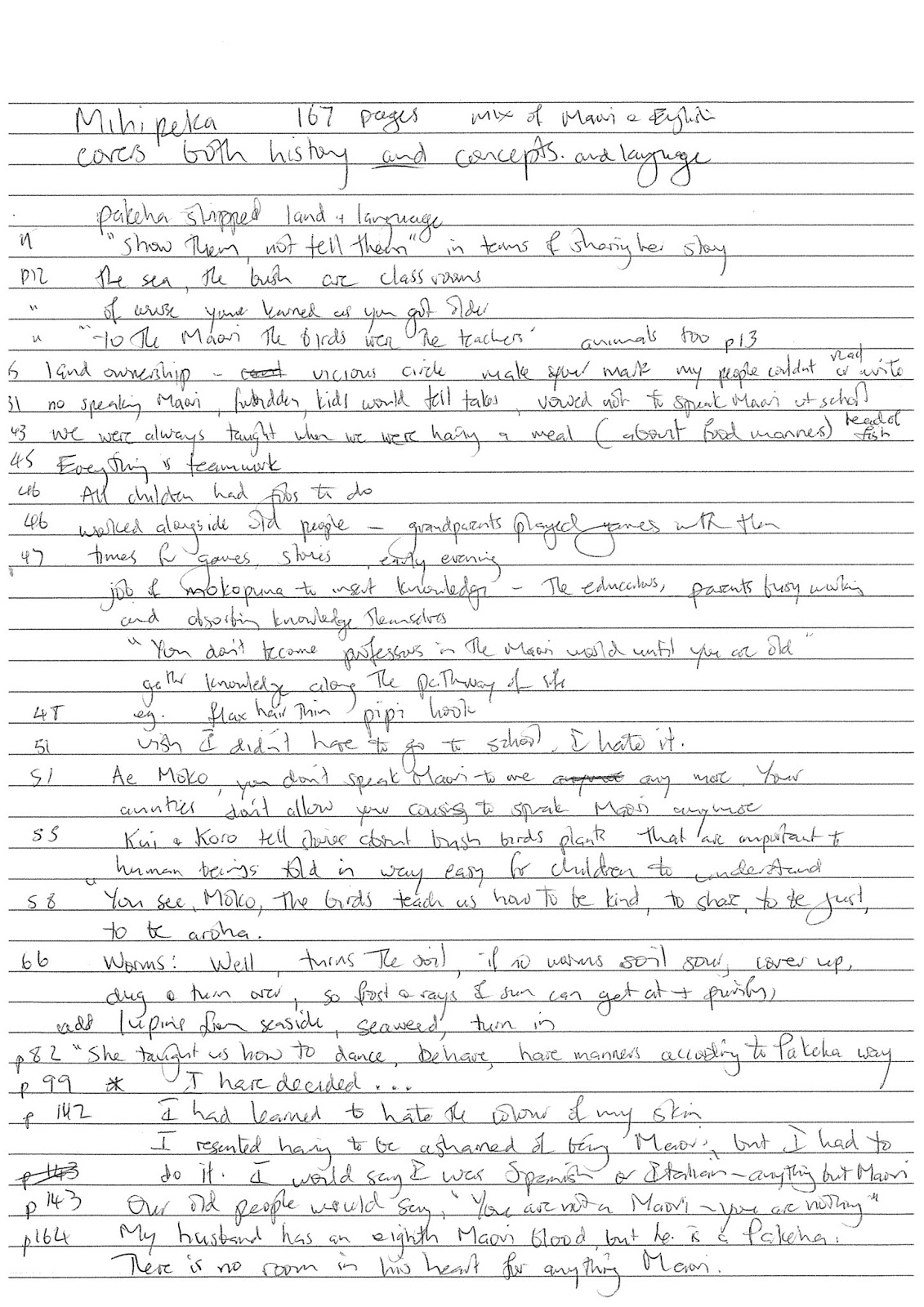0. Under protest
Although I am one with the principle that every teacher should be required to embed literacy and numeracy in his or her teaching, I have two main objections as regards being obliged to complete: Unit standard (21204 version 5) Develop adult learners' literacy and numeracy skills within a workplace training or education programme . 1. Unit standard (21204 version 5) specifies, in the explanatory notes, point 9, that: "a workplace training or education programme . . . excludes a specialist literacy and/or ESOL (English for Speakers of Other Languages) programme" and that: "Embed literacy and numeracy skills development refers to teaching and learning of literacy and numeracy within the context and tasks of another subject or skill, e.g. panel-beating" Clearly, since I teach ESOL, it is wrong that I should be required to complete this unit standard, indeed I may not . ESOL teachers are specifically excluded from completing this unit standa



